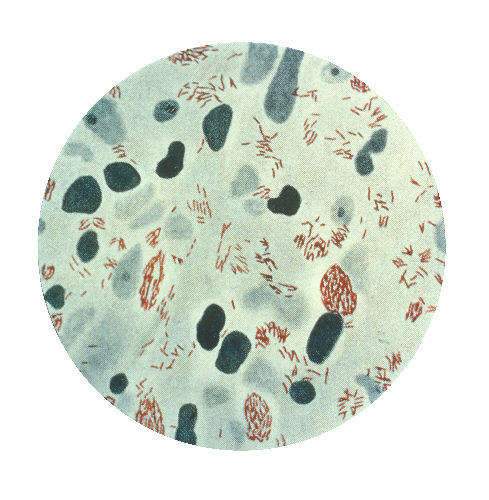What is Leprosy?
Leprosy, commonly known as Hansen's disease, is a chronic infection caused by the microorganisms Mycobacterium lepromatosis (M. lepromatosis) or Mycobacterium leprae (M. leprae). New cases of leprosy totaled 208,619 in 2018. Leprosy with modest virulence can be transmitted to others via coughing or coming into contact with the sick person's nasal secretions. A pregnant woman or a sexual partner cannot transmit leprosy to an unborn child.
Leprosy can be classified as paucibacillary or multibacillary depending on how many microorganisms are present. While the latter performs over five skin patches verified by a skin biopsy, the former only does five or fewer numb and poorly pigmented skin patches. Most types of leprosy are primarily described by peripheral nerve system thickness, skin problems, runny noses, eye issues, and dry scalps. The nervous system, epidermis, and respiratory system can all be harmed by infections. Leprosy symptoms typically show up within one year, but for some people, they could take as long as 20 years to occur.
What causes Leprosy?
Leprosy is brought on by the mycobacteria M. lepromatosis and M. leprae. Both are Gram-positive pathogenic bacteria that are pleomorphic, non-sporing, non-motile, acid-fast, and non-motile. Both bacilli are aerobic and acid-fast. M. leprae and M. lepromatosis are genetically deficient in the genes required for autonomous growth. As obligate intracellular pathogens, M. leprae and M. lepromatosis cannot be cultured in a lab. Clinically, M. lepromatosis and M. leprae are interchangeable terms. The 16S rRNA gene analysis supports the separation of the two bacteria.
Among other bacteria, possesses peculiar characteristics such as a long doubling time (ranging from 12–14 days compared with 20 minutes for Escherichia coli). There are two types of M. leprae replicated intracellularly within nerve cells and histiocytes. One called tuberculoid with limited growth potential can cause a cell-mediated reaction (paucibacillary). The second form of leprosy known as lepromatous is characterized by the proliferation of germs within the macrophages and the existence of a large number of bacilli (multibacillary). A fatal case of diffuse lepromatous leprosy was the source of the relatively recently discovered M. lepromatosis in 2008.
 Fig.1 Microphotograph of M. leprae. (Wikipedia)
Fig.1 Microphotograph of M. leprae. (Wikipedia)
Antibody about Leprosy
M. leprae-specific serological tests and skin examinations can both be used to identify an infection. In 90% to 100% of patients with lepromatous leprosy, serological assays for antibodies against the 35 kDa antigen of M. leprae have been found to produce positive results; however, these assays are ineffective in detecting 40% to 60% of patients with tuberculoid leprosy, indicating that the antibody may be able to diagnose active cases of advanced leprosy but unable to detect early active cases of leprosy.
Creative Biolabs offers a variety of antibodies because of its cutting-edge technological platforms and qualified scientific experts. For all your questions about antibody production, please feel free to contact us for more details about your Leprosy project.
Other Antibody Products
- NEUPANEēē K D.; et al. Immunoprophylaxis against Mycobacterium leprae infection with subunit vaccines. Leprosy research at the new millennium A workshop sponsored by member organizations of the International Federation of Anti-Leprosy Associations (ILEP) 26ą28 June 2000. 2000, 65: 176.